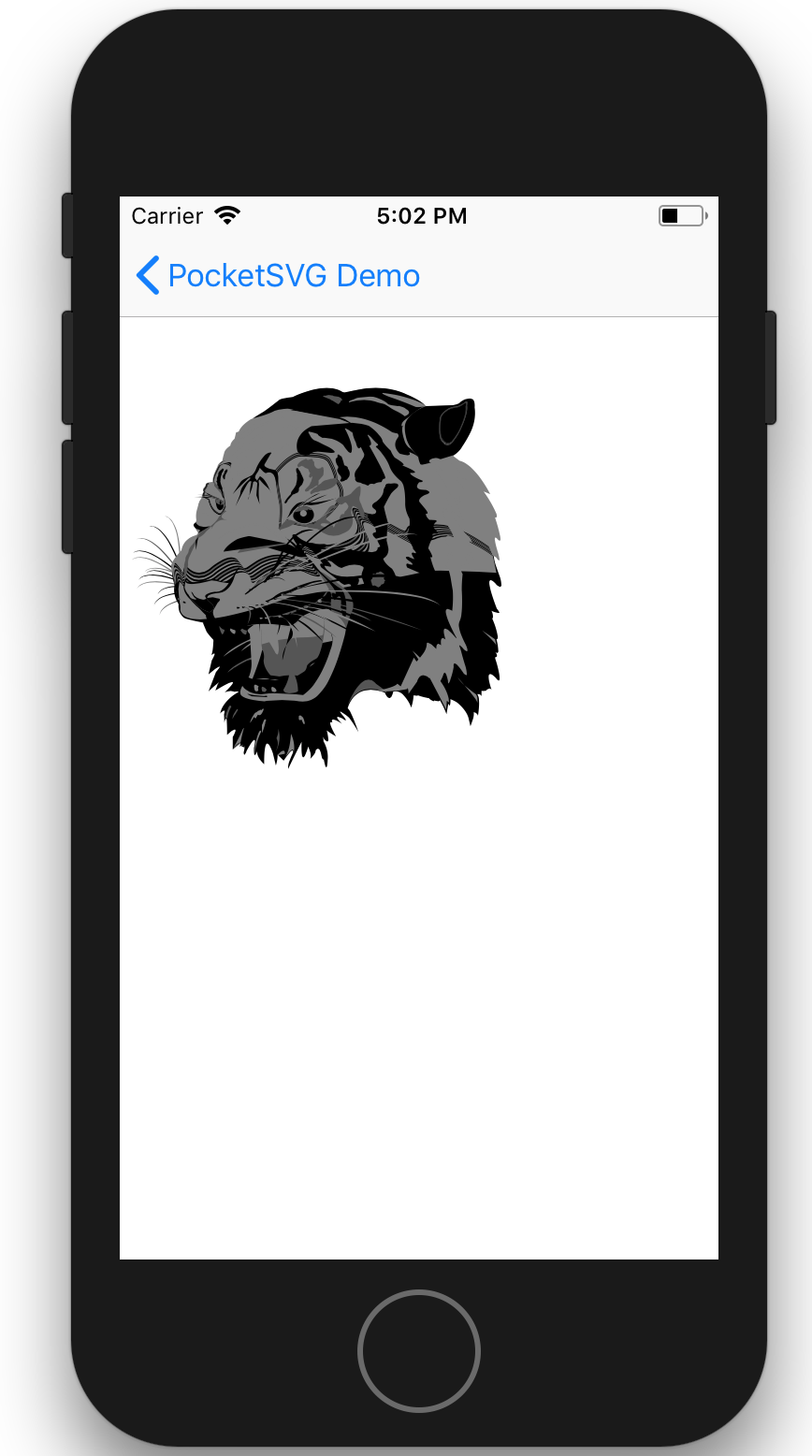目录
- .githubUpdate CI (#202)3年前
- Demossupport for viewBox attribute (#185)5年前
- SourcesSupport for leading zeros shortcut for path's values (#204) (#205)3年前
- TestsSupport for leading zeros shortcut for path's values (#204) (#205)3年前
- ciUpdate CI (#202)3年前
- .gitignoreXcode 12 + SPM support (#178)5年前
- CHANGELOG.mdSupport for leading zeros shortcut for path's values (#204) (#205)3年前
- LICENSEUpdate LICENSE8年前
- Package.swiftRemove Xcode 13 SPM related warnings (#195)4年前
- PocketSVG.podspecbump podspec to 2.7.24年前
- README.mdUpdate README.md3年前
邀请码
PocketSVG
A simple toolkit for displaying and manipulating SVGs on iOS and macOS in a performant manner.
The goal of this project is not to be a fully compliant SVG parser/renderer. But rather to use SVG as a format for serializing CG/UIPaths, meaning it only supports SVG features that can be represented by CG/UIPaths.
Thoroughly documented.
Features
path,line,polyline,polygon,rect,circle,ellipseUIImageView/NSImageVieworCALayersubclass.CGPathfor more fine-grained manipulation.Installation
Swift Package Manager
Cocoapods
Add this to your Podfile:
Then run
pod installCarthage
Add this to your Cartfile:
Then run
carthage update --use-xcframeworksUsage
Render an SVG file using
SVGImageViewOutput
Note: By default, SVGLayer has
shouldRasterizeset toYESwhen running on iOS. If you need to animate changes to the layer’s transform you might want to reset that toNO.Manually render each path of an SVG file using
CAShapeLayerOutput
Contributing
Bug Reports & Feature Requests
Please use the issue tracker to report any bugs or file feature requests.
Developing
PRs are welcome.